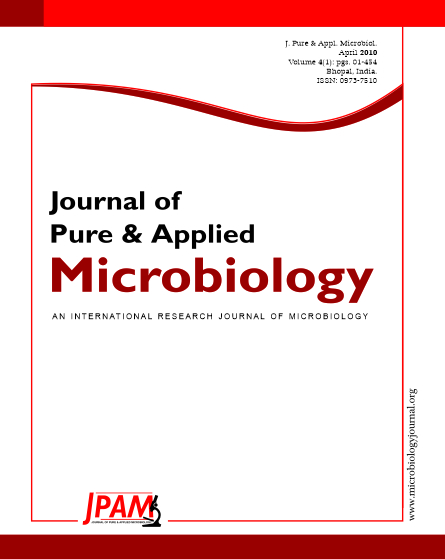Biogas, a renewable source of energy which is also environmentally friendly, is generated via anaerobic digestion of biomass wastes (animal dung, plant residues, food waste, municipal solid waste etc). The effect of seasonal variation on the rate of biogas production from different food waste was carried out. The food waste used for the study are cooked food, wasted tomatoes, fruit waste( wasted bananas), vegetable cut outs (fenugreek) and waste from candy preparing industry. The substrates were monitored for biogas production; the parameters analyzed were pH, alkalinity, chemical oxygen demand, proteins and carbohydrates. The study was carried for summer season (March, April and May) and winter season (November, December and January). The pH variation in all the substrate as well the chemical oxygen demand reduction was observed. The maximum chemical oxygen demand reduction was observed in industrial waste in the summer season. The study confirmed that maximum biogas production occurs in summer season due to thermophilic reaction.
anaerobic digestion, biogas, kitchen waste, renewable source, season, temperature
© The Author(s) 2010. Open Access. This article is distributed under the terms of the Creative Commons Attribution 4.0 International License which permits unrestricted use, sharing, distribution, and reproduction in any medium, provided you give appropriate credit to the original author(s) and the source, provide a link to the Creative Commons license, and indicate if changes were made.


